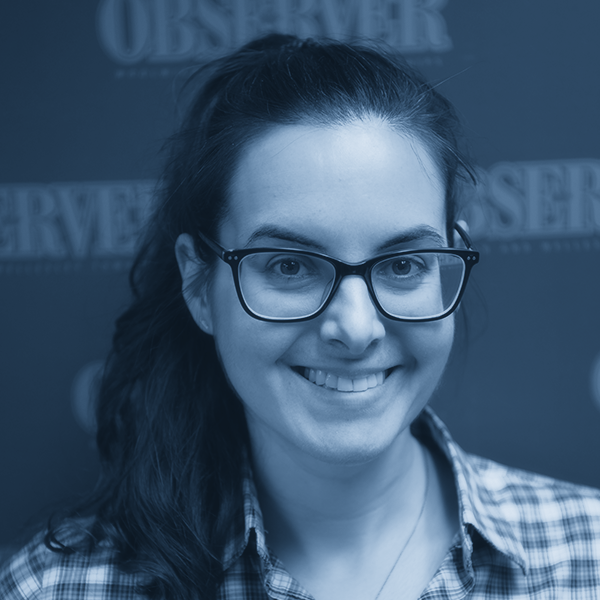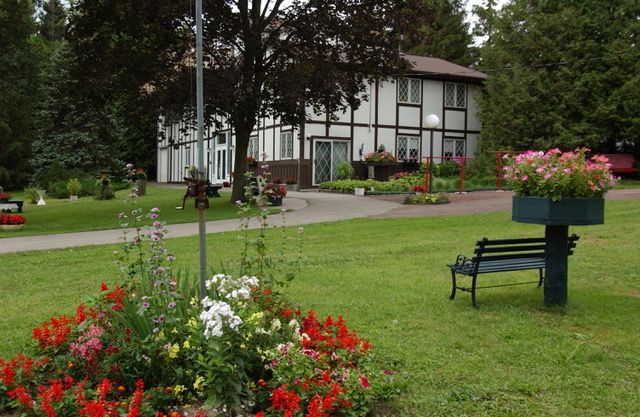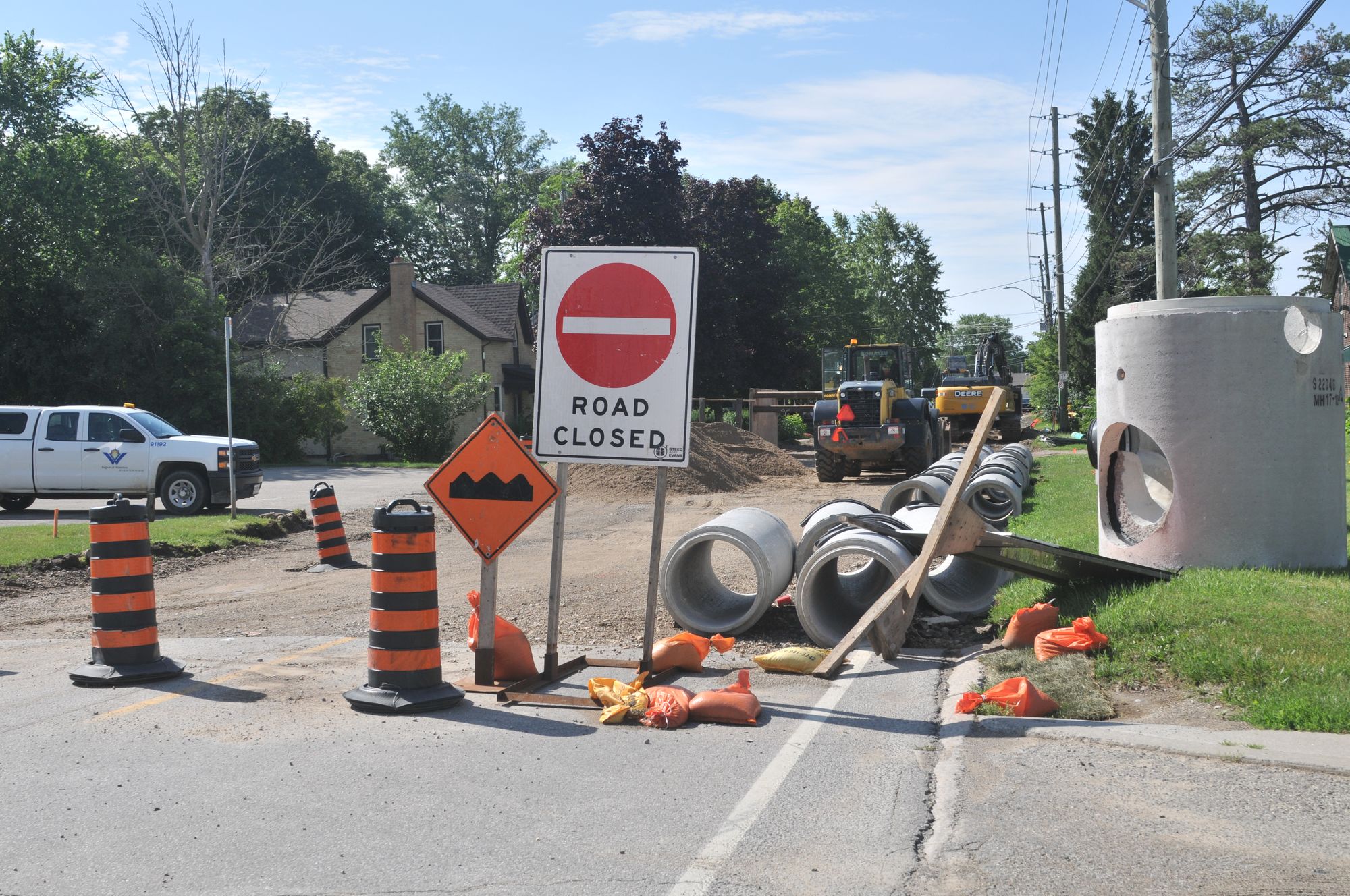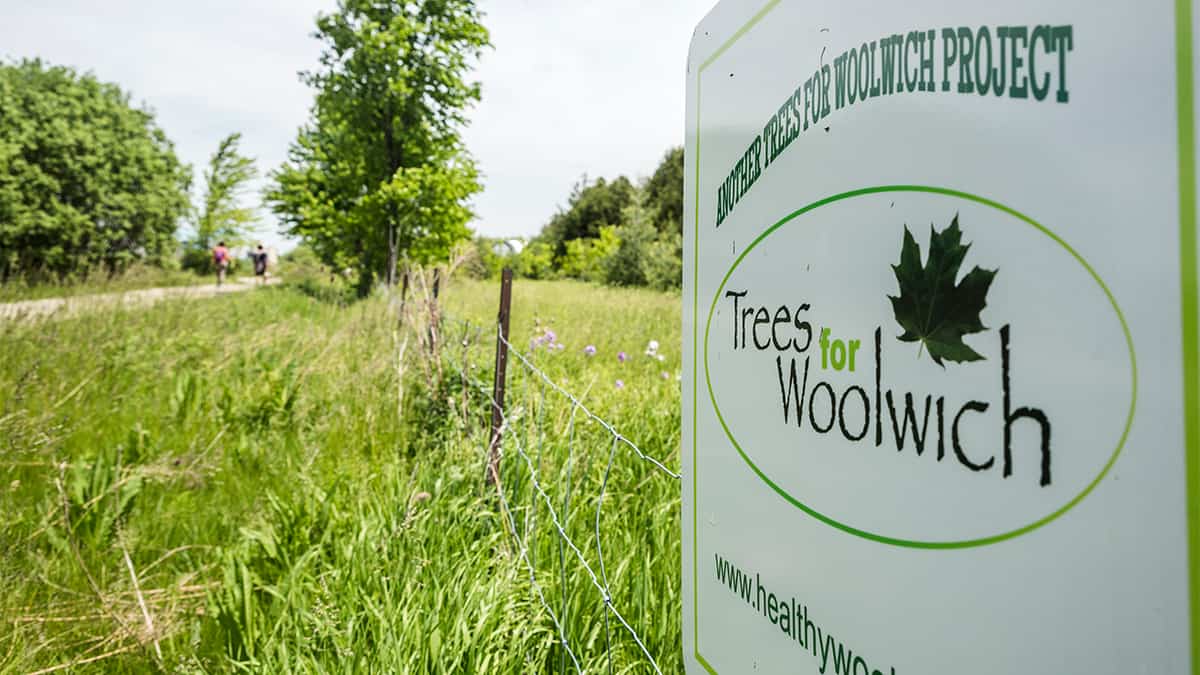When John Burns was in his late 30s, he was worried about high cholesterol. He went to see Dr. John Schaman, a cardiac rehabilitation and sports medicine specialist, at his Cardiac Fitness Association clinic near Breslau.
The doctor told him everything he needed to know about diet, exercise and lifestyle to avoid major problems with his heart. But he didn’t want to do it.
“I really wanted no part of giving up all the good food stuff. So I took the report, left the clinic and didn’t really follow it or do much at all.”
Nine years later, Burns suffered a massive heart attack, and lost the use of about half his heart.
“My ejection fraction, which is the amount of blood that is pushed out of my heart at each heartbeat when the muscles contract, is down around 30 per cent. An average human being would have an ejection fraction somewhere in the 50 per cent [range],” he said. “So mine is substantially lower and that’s because only half of the heart is squeezing,” he explained.
The ejection fraction is a measurement, expressed as a percentage, of the amount of blood that the heart pumps out of a filled ventricle with each heartbeat.
After his heart attack, Burns looked up Schaman again. This time, he listened to his advice. That was 25-years ago.
“The heart is a muscle, you can strengthen it. And when it’s damaged by a heart attack, it’s going to be limited in what it can do, and many people don’t survive a heart attack,” said Schaman. “I can tell you that we’ve improved a lot of survival with heart attacks because of all the new technologies. And what we’ve improved in our field is that we can actually make people’s hearts stronger.”
Schaman’s life-saving advice consists of a mostly vegetarian diet with drastically reduced fat intake, near-daily exercise, managing stress, and engaging in community such as regular group support meetings and learning sessions with other heart patients.
“One of the reasons, I believe, and most people would agree, why our clinic has survived now 45 years, is because we do things in an environment that is conducive to better health and healing,” said Schaman.
At the clinic, patients exercise while wirelessly hooked up to the clinic’s telemetry system. The group lessons usually take place after the exercise to allow the patients to be monitored, as this is the most dangerous period of time for a heart patient.
The system allows the patient’s heart to be monitored in real time, while the patient is moving. Transmitters are hidden in bird houses outside along a naturalized track, so the patient can exercise outside in a peaceful setting.
As far as Schaman knows, it’s the only system being used like this in the country. Telemetry systems are often found in hospitals, but they are not usually used by clinics, and certainly not outside. But Schaman feels this is an important aspect of his program. He says there is a lot of evidence for the importance of nature for health.
Schaman does note that over the years in operation, 13 cardiac arrests have taken place at the clinic. Staff are onsite with defibrillator equipment, and all of the patients survived.
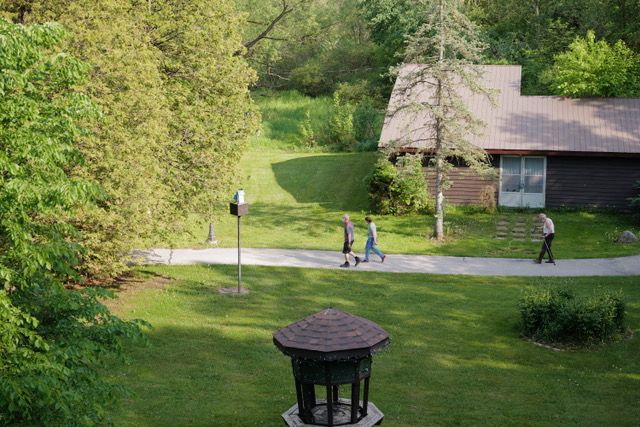
Schaman’s clinic is supported by the Cardiac Fitness Association, a non-profit charitable organization founded by some of his earliest patients. The fundraising supports the clinic so that Schaman is able to spend plenty of time with each patient, and keep costs low so that patients can pay largely by donation according to their ability.
The association fundraised for the original telemetry system with a concert at Kitchener’s Centre In The Square about 25 years ago. Now, the equipment is getting old and needs to be replaced.
The new system will cost about $90,000. So far, the association has raised about $50,000, said Schaman. The group is hopeful they will be able to install the new equipment in the fall.
“The clinic is a registered charity. And we don’t get as much money from OHIP as we would like, because of the amount of time that the doc spends with us. When somebody like St. Mary’s Hospital wants to get new equipment, they do a fundraiser and I guess that’s what we’re trying to do as well,” said Mike Whitmore, the association president.
“Don’t think that OHIP pays for all of these things. Charities do rely on community support. And we ask anybody that thinks that heart disease is an issue that needs to be tackled, if they could support us, that would be wonderful.”
The old machine can monitor six people at a time, while the new one will monitor eight. That upgrade will also increase the clinic’s capacity for patients, said Whitmore.
Harold Lee, treasurer for the Cardiac Fitness Association, suffered a heart attack 12 years ago. He had five blockages in his heart, and staff at St. Mary’s General Hospital were able to clear two of them. He says he was told he had a year to live.
He adopted the lifestyle and diet recommended by Schaman, visiting the clinic often. He says the telemetry system has played a large role in his recovery and ongoing health.
“It gives me satisfaction,” he said. “Because when I’ve gone out to the clinic, and I’ve been hooked up to the telemetry system, and I’m walking the track and wondering, ‘Am I going to make it to the other end of the track?’ You know, ‘Am I going to make my rounds without having a heart attack?’ And when I know that they are in the office and monitoring my progress on the track, [they’ll] come out and say, ‘Hey, slow down you’re pushing it too hard.’ So I know that I’m being taken care of.”
Burns feels similarly. After all his years post-heart attack, he still goes for regular checkups with the telemetry system as often as he can get an appointment. He feels the telemetry system is a lifeline, because he knows the clinic’s staff can watch his heart while he exercises. They can confirm everything is fine or catch problems before they become a crisis.
Since his heart attack, he recovered enough that he progressed from walking to running, and now competes in races – even with only half a working heart.
“The most important practitioner in the life of any patient is themself,” said Schaman. “If [you] don’t take everything into hand that has to be done, you can have the best surgeon in the world that does the best bypass he’s ever done, or the best interventional cardiologist that just did the best ballooning and stenting that he’s ever done, none of those stops the process. The process of this disease did not stop. It keeps going. And even the day after your bypass or your stent or your angioplasty, the day after, the process of what got you to this is still continuing.”

